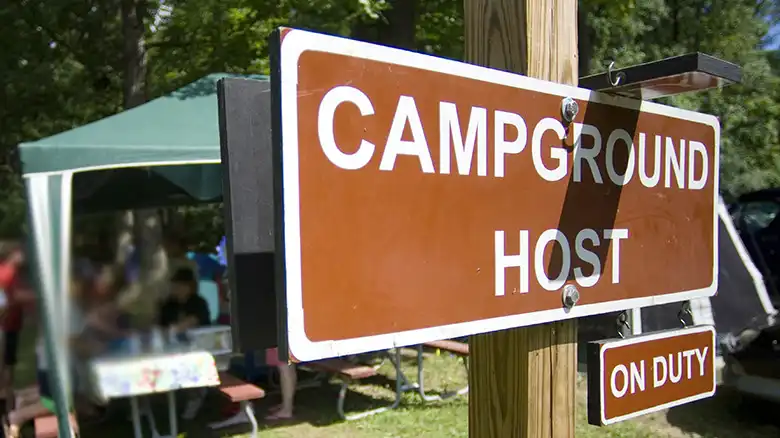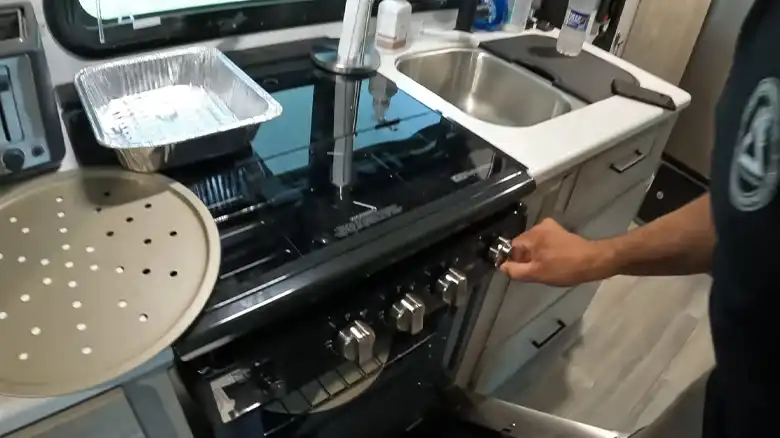Ah, the great outdoors! For many adventurers, nothing compares to the experience of sleeping under the stars. When it comes to lightweight camping, the bivy sack is a fan favorite. However, a common question arises: Should one accompany their bivy with a tarp? Is it an overkill or a necessary safeguard?
Pairing a tarp with a bivy can provide an added layer of protection against unpredictable weather conditions.
If you’re teetering on the edge of this decision, you’re in the right place. In this article, we’ll explore the advantages of using a tarp with a bivy and help you make an informed choice for your next adventure.
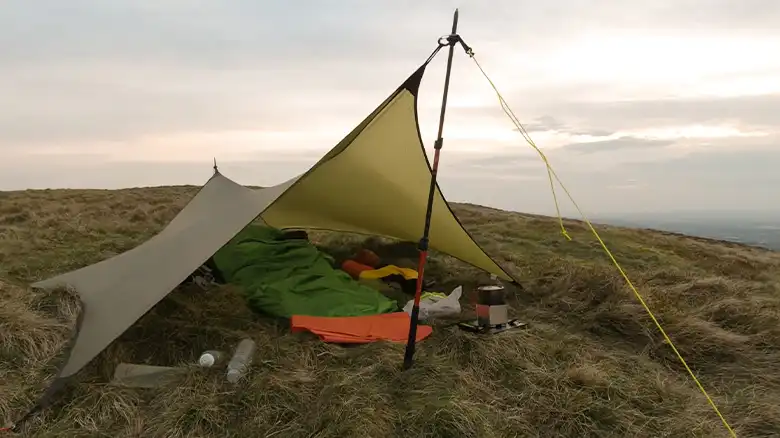
Why Choose a Bivy?
First, let’s shine a spotlight on the hero of our story – the bivy sack. Short for “bivouac sack,” this minimalist shelter offers several benefits:
- Lightweight: It’s perfect for backpackers and mountaineers who count every ounce.
- Compact: Takes up minimal space, leaving more room for other essentials.
- Quick Setup: Ideal for situations where you need shelter in a jiffy.
Benefits of Using a Tarp with a Bivy
While bivies are designed to be standalone shelters, pairing them with a tarp can amplify their efficiency. Here’s why:
- Weather Protection: A bivy can handle light drizzles, but when the weather turns foul, a tarp can be a game-changer. It adds an extra layer against heavy rains, snow, or even the scorching sun.
- Increased Ventilation: On humid nights, a bivy can get a bit stuffy. A tarp setup allows for better airflow, reducing condensation inside the bivy.
- Living Space: A tarp can provide a makeshift living area where you can cook, read, or just relax, shielded from the elements.
- Ground Protection: While most bivies come with a waterproof base, a tarp can also be used as a groundsheet, offering added protection against damp or rough terrains.
Things to Keep in Mind When Combining a Tarp and Bivy
- Weight and Bulk: Adding a tarp means a few more ounces to your backpack. Ensure it’s lightweight and compact.
- Setup Time: While a bivy is quick to set up, a tarp might require some time, especially if you’re new to it.
- Tarp Size: Ensure your tarp is appropriately sized. Too large, and it can be cumbersome; too small, and it might not offer adequate protection.
Advantages of Pairing a Bivy with a Tarp
- Bug Protection: Sleeping in the great outdoors can sometimes mean unwanted critters. A tarp, especially when combined with a mesh, can keep those pesky bugs at bay, allowing for a bite-free sleep.
- Weather Protection: While bivies can withstand light showers, when Mother Nature decides to throw a tantrum, a tarp acts as a shield against heavier rains or snow.
- Preparedness: Weather can be unpredictable. Having a tarp means being prepared for sudden downpours or harsh sun.
- Safe From Dew: Morning dew can make your sleeping arrangement damp. A tarp overhead ensures you wake up dry.
- Warmth: A tarp can trap a bit of heat, adding an extra layer of warmth on colder nights.
Drawbacks of Combining a Tarp with a Bivy
- Added Weight: For ultralight backpackers, every ounce counts. Adding a tarp means more weight.
- Condensation: While tarps offer protection, they can also lead to condensation issues, especially in humid conditions.
- Can Be Too Hot: In warmer climates, a tarp might trap too much heat, making the bivy uncomfortably warm.
- Constraining: With a bivy and tarp setup, there’s less freedom to move compared to, say, a tent.
- You’re Not As Close to Nature: One joy of a bivy is the connection to nature. A tarp, albeit thin, can be a barrier to that full starry-skied experience.
Other Options Besides a Bivy
- Hammock
Suspended sleep! A hammock keeps you off the ground and can be paired with a tarp for protection.
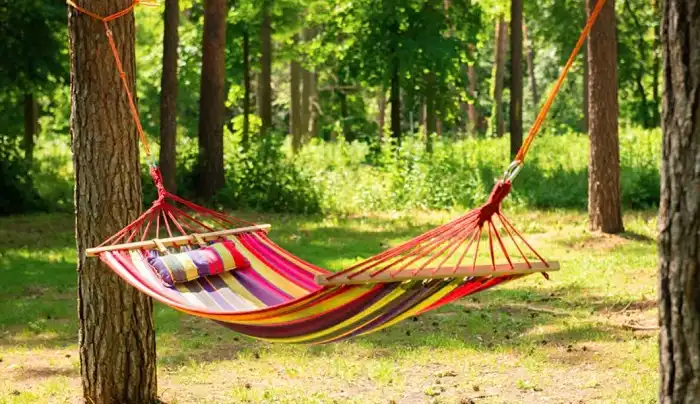
- Mummy Sleeping Bag
For colder terrains, these snug sleeping bags can be an alternative, offering warmth and comfort.
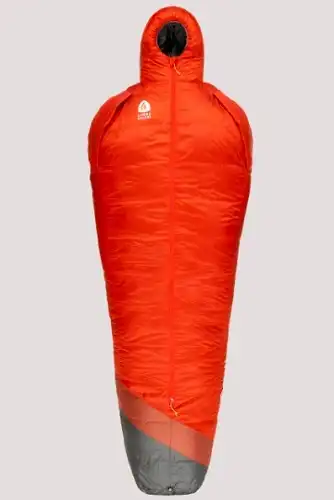
- Emergency Blanket
Not ideal for regular camping but can be a lifesaver in emergencies.
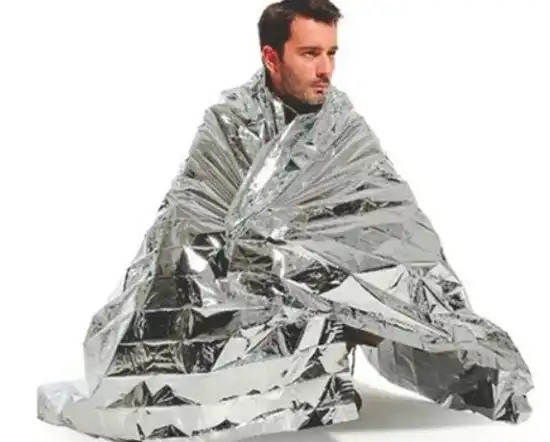
Final Thoughts
In the great debate of bivy vs. bivy-with-tarp, the answer leans more towards personal preference and the specific conditions you anticipate. If you’re heading into unpredictable weather or just want the assurance of added protection, then throwing in a tarp with your bivy might be a wise choice. However, if you’re on a fast and light mission or are fairly certain of clear skies, the solo bivy could suffice. Whichever route you choose, here’s to many nights of restful sleep under the vast canopy of the cosmos!
Common Questions
Why are bivies preferred over tents?
Bivies are generally lighter and more compact than tents, making them ideal for solo travelers or those looking for minimalistic shelter.
Can I use a regular tarp from a hardware store?
While it’s possible, camping tarps are designed to be lightweight and more durable, making them a better choice for outdoor adventures.
How do I prevent condensation in my bivy?
Ensuring proper ventilation is key. Using a tarp can help, as can ensuring the bivy’s vents are open and unobstructed.
Do all bivies need a tarp?
No, many modern bivies are designed to be standalone and can handle various weather conditions without the need for a tarp.
Do You Use a Groundsheet With Your Bivy?
Groundsheets can offer added protection against damp or rough terrains. While not always necessary, especially if your bivy has a robust base, it can prolong the life of your bivy and ensure a drier sleep.

